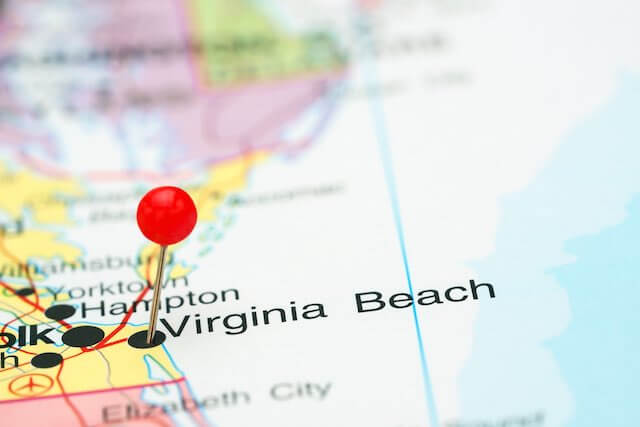In July, OPM issued a proposal in the Federal Register to add the following locality pay areas. These pay areas would impact about 62,000 federal employees. These proposed new locality pay areas were:
- Birmingham-Hoover-Talladega, AL;
- Burlington-South Burlington, VT;
- San Antonio-New Braunfels-Pearsall, TX; and
- Virginia Beach-Norfolk, VA-NC.
Surprising Addition to Locality Pay Areas
While the OPM action in issuing a final rule for these four new locality pay areas is not surprising, it is a surprise that OPM is now adding Corpus Christi, TX, and Omaha, NE to the mix as well.
Earlier this year, the Federal Salary Council wrote
The Pay Agent should establish Corpus Christi, TX; and Omaha, NE as new locality pay areas for 2019. The Salary Council concluded its estimated pay disparities for these areas exceeded those for the “Rest of U.S.” locality pay area by more than 10%, on average, from 2015-2017.
While the Salary Council recommendations to add more areas for locality pay is not a surprise as they routinely recommend adding more locality areas at the earliest opportunity, the action by OPM is a surprise.
Here is why.
The President’s Pay Agent approves or disapproves recommendations of the Salary Council. That has not happened in this instance. The last report of the President’s Pay Agent was issued on December 20, 2017. Perhaps OPM knows the Pay Agent will approve the recommendation for Corpus Christi and Omaha in the near future but it has not happened yet.
OPM’s Rationale for Adding Two New Areas
OPM acknowledges the two new areas have not been approved by the Pay Agent. In the Federal Register, OPM states:
On July 10, 2018—the day after the proposed rule was published—the Pay Agent received the Federal Salary Council’s recommendations for locality pay for January 2019, which included a recommendation to establish a Corpus Christi-Kingsville-Alice, TX, locality pay area and an Omaha-Council Bluffs-Fremont, NE-IA, locality pay area…Because the Council based that recommendation on the same criteria as used for the four new locality pay areas included in the proposed rule, we have approved the Council’s recommendation regarding the two additional locality pay areas.
So, probably to the delight of federal employees in the Corpus Christi and Omaha areas, they will also receive a locality pay increase in January 2019.
Effect of New Locality Pay Areas
Issuing the new regulation means that about 70,000 federal employees will now be in designated locality pay areas starting next year. Depending on what happens with a pay raise in 2019, they may or may not see a benefit from the new locality areas since the president normally sets locality pay percentages.
The amount of a federal employee pay raise in 2019, if any, is still unknown. Typically, there is a basic amount of a pay raise and an additional amount allocated for locality pay. A proposal for 2019, which is still a possibility, is a basic 1.4% increase with an additional amount of .05% for locality pay.
Locality pay skews the pay of federal employees under the General Schedule. The disparity in pay can grow over time as some localities often receive a higher raise than other localities.
For example, the area with the highest locality pay raise in 2018 was the Washington, DC locality pay area. General Schedule federal employees received a raise of 2.29%. In 2017, Washington area federal employees were second among the top 10 locality pay raise areas. On the other hand, in 2017, their raise was a little higher at 2.32%.
At the other end of the scale, the “Rest of the U.S.” came in last in 2018 with a pay raise of 1.67%.
Executive Order Will be Issued
As we are nearing the end of 2018, it is likely an Executive Order will be issued late in December outlining the pay raise for 2019. This Order usually allocates the amount of a raise for each locality pay area.
Whether there is a raise or not will most likely depend on any action taken by Congress. President Trump has proposed not issuing a pay raise in 2019. Congress can override that and may do so.
The Senate has approved a raise for next year but the House has not agreed with the Senate language. The final result will depend on agreements reached between the House and Senate versions of their respective bills.



